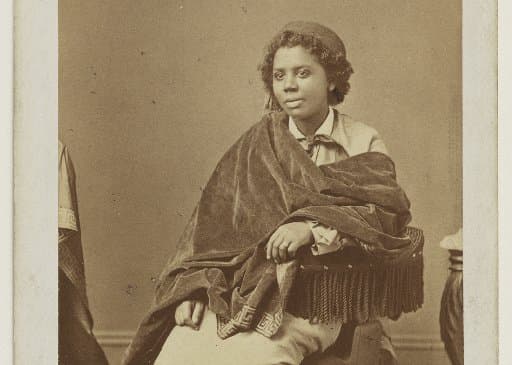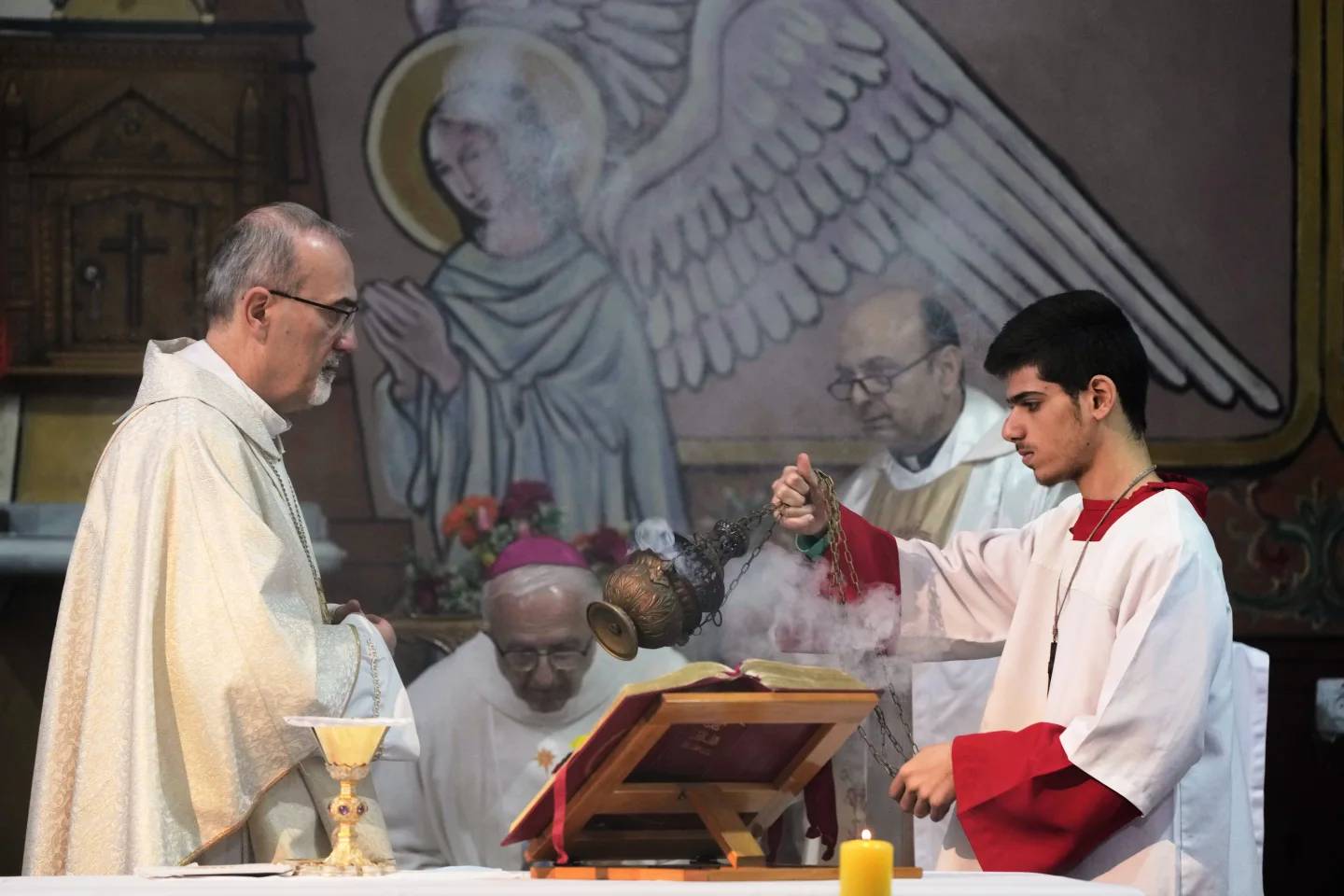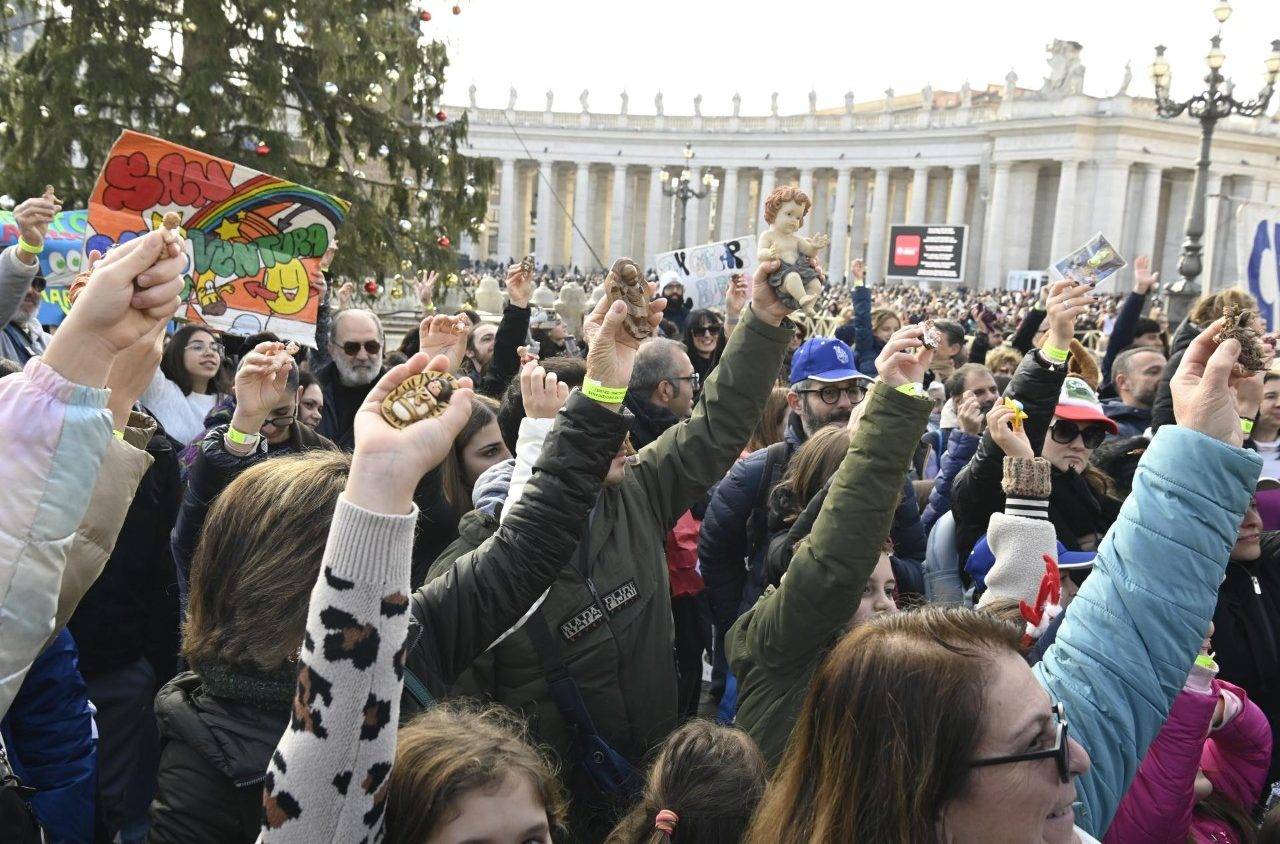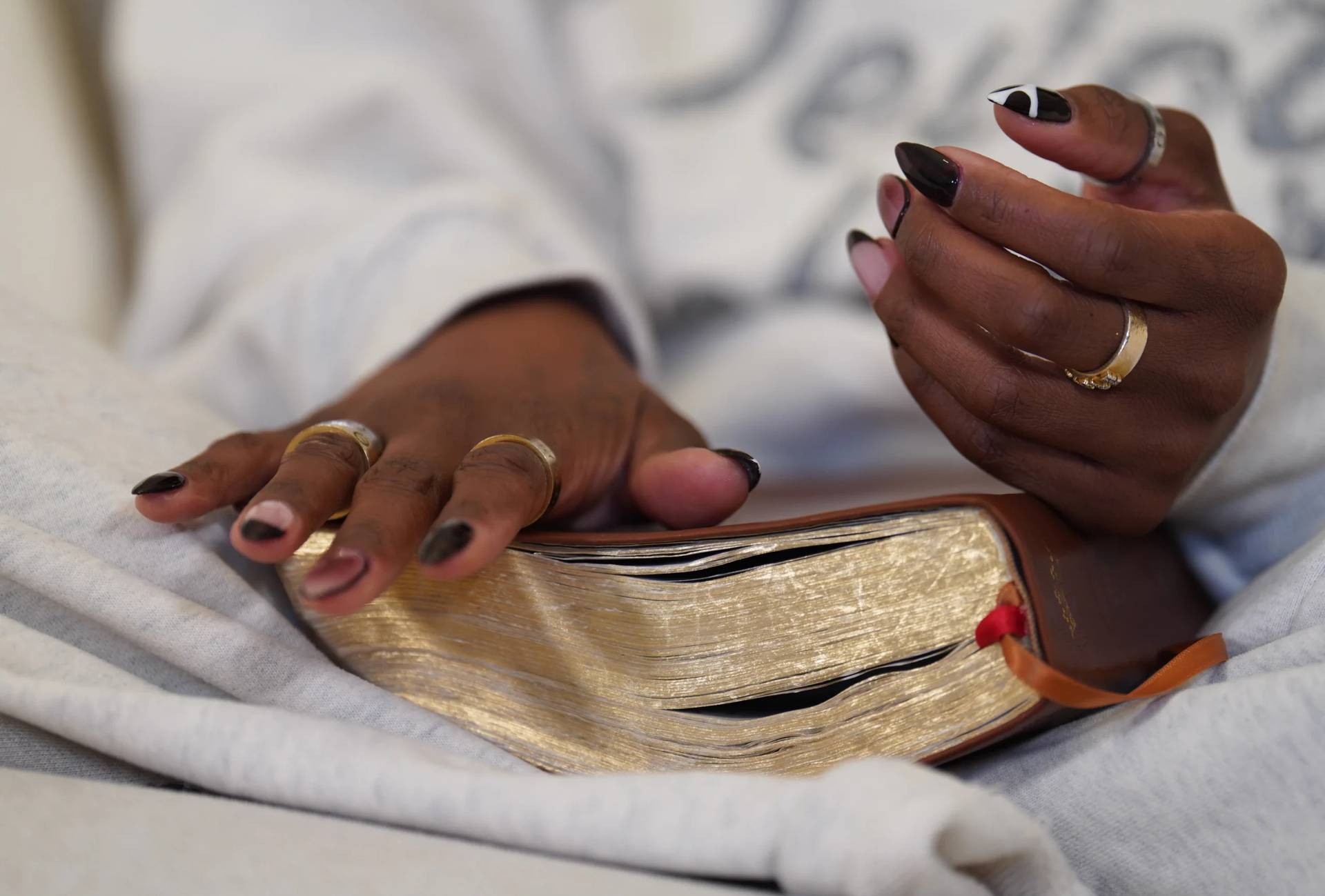Edmonia Lewis, the first African American and Native American sculptor to achieve international recognition through works that reflected her Catholic faith and the dignity of people, is being commemorated on a new postage stamp.
The stamp, the 45th in the U.S. Postal Service’s Black Heritage series, will be issued Jan. 26 at the Smithsonian American Art Museum in Washington.
The stamp’s design features a painted portrait based on an Augustus Marshall photograph taken between 1864 and 1871 while Lewis was in Boston, the USPS said.
Lewis overcame multiple obstacles before arriving in Rome in 1865 and opening a studio where she incorporated the neoclassical style popular at the time and establishing herself as one of the most significant sculptors of the 19th century.
Her work is in the permanent collections at the Smithsonian American Art Museum and the Howard University Gallery of Art in Washington. Works also are scattered in church institutions in the U.S. and Europe. Some continue to be discovered after being missing for decades.
Art historian Elizabeth Lev, who grew up in Boston and has lived in Rome for 30 years, said it was in the Eternal City, where its cosmopolitan atmosphere meant skin color mattered little, that Lewis found inspiration to pursue sculpting in her preferred medium of marble.
“Rome becomes a place where she can truly not just discover herself but become everything she always dreamed to be,” Lev told Catholic News Service. “The limitations she felt and were real in many ways in the U.S. were not limitations (in Rome).”
Lev described Lewis’ worked as reflecting her mixed ancestry as she created sculptures of notable abolitionists as well as figurative images that reflected experiences of people of color, particularly following the abolition of slavery.
Lewis also portrayed religious images, at times imitating neoclassical and Renaissance artists. One such work from 1875 depicts Moses in an imitation of Michelangelo’s 16th-century statue of the man who led the Israelites out of oppression.
An 1874 piece portrays Hagar, an Old Testament heroine who was the maidservant to Sarah, Abraham’s wife. Hagar is shown after Sarah banished her to the wilderness in a jealous rage over Hagar’s son Ishmael, whom Abraham fathered. Hagar has an empty jug at her feet while looking heavenward as she seeks water. Art experts have surmised that Lewis chose Hagar as a symbol of courage and survival, a symbol of her own experiences.
Details of Lewis’ early life are limited. She was born in 1844 in Greenbush, New York, near Albany. Later in life, Lewis maintained she was born July 4 that year. Her father was Haitian American and her mother was Chippewa. Both died before Lewis was 5.
Lewis was raised by her mother’s family until she was 12 and was known as “Wildfire,” according to a Smithsonian American Art Museum biography. In 1859 at age 15, her older brother, who had become a successful gold miner in California, helped Lewis enroll at Oberlin College in Ohio, one of the first institutions in the country to admit African Americans. She took the name Mary Edmonia Lewis.
She did not graduate, however. Despite the school welcoming African Americans, Lewis was subjected to racism and sexism. In 1862, two friends became ill after Lewis served them wine, opening the way to charges that she poisoned them.
The charges were dismissed at trial, but soon after Lewis was severely beaten by white vigilantes who left her for dead. About a year later, she was accused of stealing artists’ materials from the school, but again was acquitted because of a lack of evidence. Lewis left Oberlin in 1863 for Boston, again with her brother’s assistance. There she studied under portrait sculptor Edward Brackett.
In the resolutely anti-slavery atmosphere of Boston, Lewis was inspired to create busts of abolitionists John Brown, who led the doomed slave rebellion at Harper’s Ferry, West Virginia, and Col. Robert Gould Shaw, who was killed while leading the all-Black 54th Massachusetts Regiment in the Union Army’s unsuccessful second assault on Fort Wagner near Charleston, South Carolina, in 1863.
Lev said Lewis’ work in Boston and Europe was inspired by her experiences as well as by the faith of the abolitionists, whose belief in human dignity was rooted in their deeply held religious principles.
Having saved enough money from the sale of her work, Lewis traveled to Europe in 1865 at age 20 in the hope of establishing her sculpting career. After stops in London, Paris and Florence, Italy, Lewis settled in Rome, where she opened a studio during the winter of 1865-1866 collaborating with other female sculptors in a male-dominated discipline.
Lewis’ work caught the eye of several benefactors, including John Patrick Crichton-Stuart, known as the 3rd Marquess of Bute, a Scottish magnate who became Catholic at age 21.
Crichton-Stuart financially supported Lewis, allowing her to craft works that gained enthusiastic reviews. Lev, other art historians and scholars continue to study and teach about new understandings and discoveries about Lewis and her sculptures.
Lev said that how Lewis became Catholic is uncertain. Lev related one story which finds that the Native American tribe that raised her in New York was being ministered to by Jesuit missionaries. Lev, however, doubts that was the case and points to Lewis’ time in Rome as likely being more influential in the development of her Catholic faith.
“There’s the Catholicism of this Scottish convert who is very excited about her work and she is brought into this world of Catholic patronage in Rome. Part of it is the welcome of the Catholic community,” Lev said.
One of Lewis’s most well-known sculptures is “Forever Free,” created in 1867. It depicts a Black man and woman emerging from the bonds of slavery. Lev said that while the man is standing, the woman is shown on her knees praying in thanksgiving for being freed of the bonds of slavery.
That sculpture and others, Lev said, is how Lewis used her art to communicate in a subtle and nuanced way to address issues of social justice.
“That’s where I think we can learn from someone who knew about racism really, the woman who was beaten to within an inch of her life at Oberlin. The woman who every step of the way had to overcome obstacles,” Lev told CNS.
Lewis died in London in 1907 at age 63. She never married and had no children. She is buried in St. Mary’s Roman Catholic Cemetery in city’s borough of Brent.















